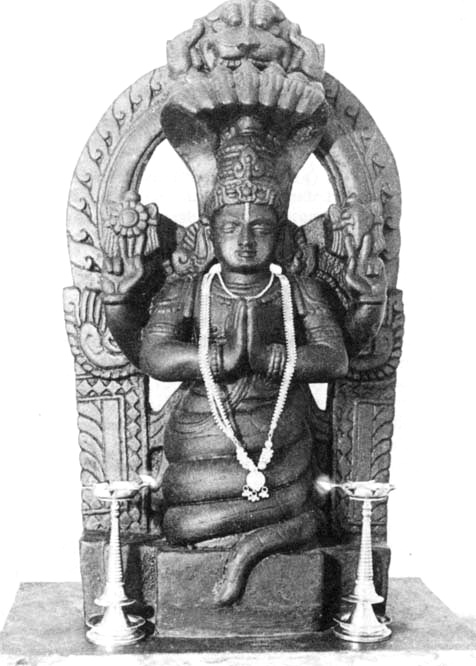Y
Yoga
Yoga originates from the Sanskrit word "Yuj," meaning to join or yoke, signifying the unification of all human facets, internal and external. Ultimately, it aims for the union of the individual spirit with the universal.
Distinct as a philosophy, yoga asserts that physical postures, exercises, and breathing techniques are fundamental to a fulfilling life. These aspects of yoga are underpinned by a comprehensive doctrine. A parallel exists in the classical Western concept of "mens sana in corpore sano"—a healthy mind in a healthy body—a principle long acknowledged and increasingly emphasized today.
Yoga serves as a potent remedy for the pressures of contemporary life. It is a practical philosophy dedicated to harmonizing the body, mind, and spirit to achieve health and fulfillment.
Physical fitness and flexibility can be cultivated through practicing various postures (asanas).
These straightforward exercises, particularly selected for beginners, engage all bodily systems, tone muscles, stimulate circulation, and enhance overall health. The advantages extend beyond the physical; as postures are mastered and relaxation and breath control techniques are learned, you will discover yoga's ability to calm the mind, sharpen concentration, and provide resilience against stress. It represents a comprehensive personal development system that fosters complete physical and spiritual wellness.
Central to yoga's philosophy is the belief that physical exercise is vital for eliminating toxins and ensuring smooth blood circulation and internal functions. Moreover, breathing exercises calm the mind, fostering inner peace and resilience to life's challenges. This integration of physical and mental disciplines defines yoga, a timeless philosophy. It urges a reassessment of human behavior, advocating against violence, dishonesty, and greed—a crucial reflection in contemporary society.
Therefore, yoga plays a dual role: it is practical for daily life and insightful for a more thoughtful, idealistic perspective. Its true value can only be appreciated through personal experience.
Yoga, an ancient practice originating in India, boasts a rich history spanning over two thousand years. Its existence and the figures associated with it are woven into ancient tales and legends.
Indian literature is replete with knowledge about yoga at all levels. This knowledge unfolds chronologically, beginning with the Vedas (scriptural knowledge) and the Upanishads (philosophical speculation), followed by their commentaries, the Puranas (ancient cosmologies), and the epics, the Ramayana and the Mahabharata. Within the Mahabharata lies the Bhagavad Gita, a significant Indian scripture. Towards the end of the Vedic period, aphoristic literature emerged, with Patanjali's "Yoga Aphorisms" being particularly relevant to yoga students. Numerous ancient (pre-Christian) and more recent works delve into various facets of yoga and its philosophy, demonstrating yoga's enduring importance as a discipline.
Yoga, encompassing philosophy, science, and art, is a comprehensive system with eight distinct facets, designed to address diverse human needs in its purest form. While it remains a foundational element for various pursuits and disciplines, its movements are commonly adapted in contemporary practices like physiotherapy and exercise classes.
While diverse schools of yoga have emphasized distinct elements throughout history, all branches share a fundamental principle: the pursuit of personal improvement for yoga practitioners and, more broadly, the betterment of humanity.
Patanjali, also known as Gonardiya or Gonikaputra, was the name associated with one or more authors, mystics, and philosophers of ancient India. He is credited as the author and compiler of several Sanskrit works, most notably the Yoga Sutras, a classical text on yoga. Based on analysis of the Yoga Sutras, scholars estimate that its author(s) likely lived sometime between the 2nd century BCE and the 5th century CE.
-
Five Universal Commandments (Yama) for creating a better world:

- Not harming any living being or thing.
- Truthfulness.
- Abstaining from stealing.
- Maintaining a pure, chaste lifestyle.
- Avoiding greed and possessiveness.
2. Five personal disciplines (Niyama)
- Cleanliness
- Contentedness
- Self-discipline
- Self-study and study of the scriptures
- Dedication to God
3. Practise of postures (Asana) devoted and conscientious practice of various types of postures.
4. Practise of breath control ( pranayama) practising breathing techniques with care and discrimination
5. Detachment from worldly activities(Pratyahara): Developing a non-attached attitude of body and mind
6. Concentration (Dharana): Being able to hold on to asubject mentally.
7. Meditation (Dhyana): Developing a quite meditative state.
8. Trance or a state of bliss (Samadhi): Reaching a state of absorption in a subject or in the Divine
oYoga originates from the Sanskrit word "Yuj," meaning to join or yoke, signifying the unification of all human facets, internal and external. Ultimately, it aims for the union of t
Yoga originates from the Sanskrit word "Yuj," meaning to join or yoke,
signifying the unification of all human facets, internal and external. Ultimately, it aims for the union of the individual spirit with tuniversa
ividual spirit with the unive
Yoga originates from the Sanskrit word "Yuj," meaning to join or yoke, signifying the unification of all human facets, internal and external. Ultimately, it aims for the union of the individual spirit with the universal.
philosophy, yoga asserts that physical postures, exercises, and breathing techniques are fundamental to a fulfilling life. These aspects of yoga are underpinned by a comprehensive doctrine. A parallel exists in the classical Western concept of "mens sana in corpore sano"—a healthy mind in a healthy body—a principle long acknowledged and increasingly emphasized today.
ga
